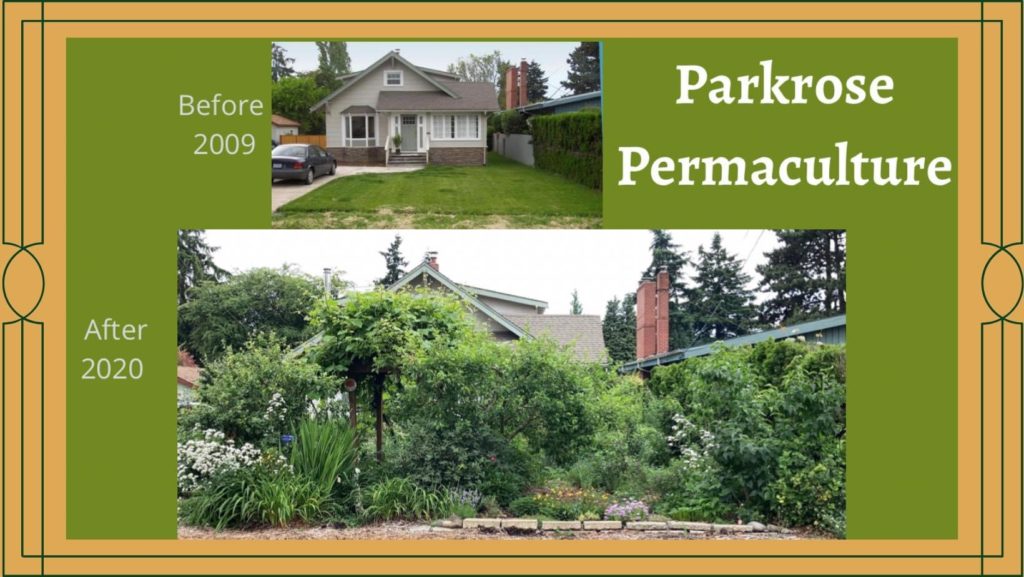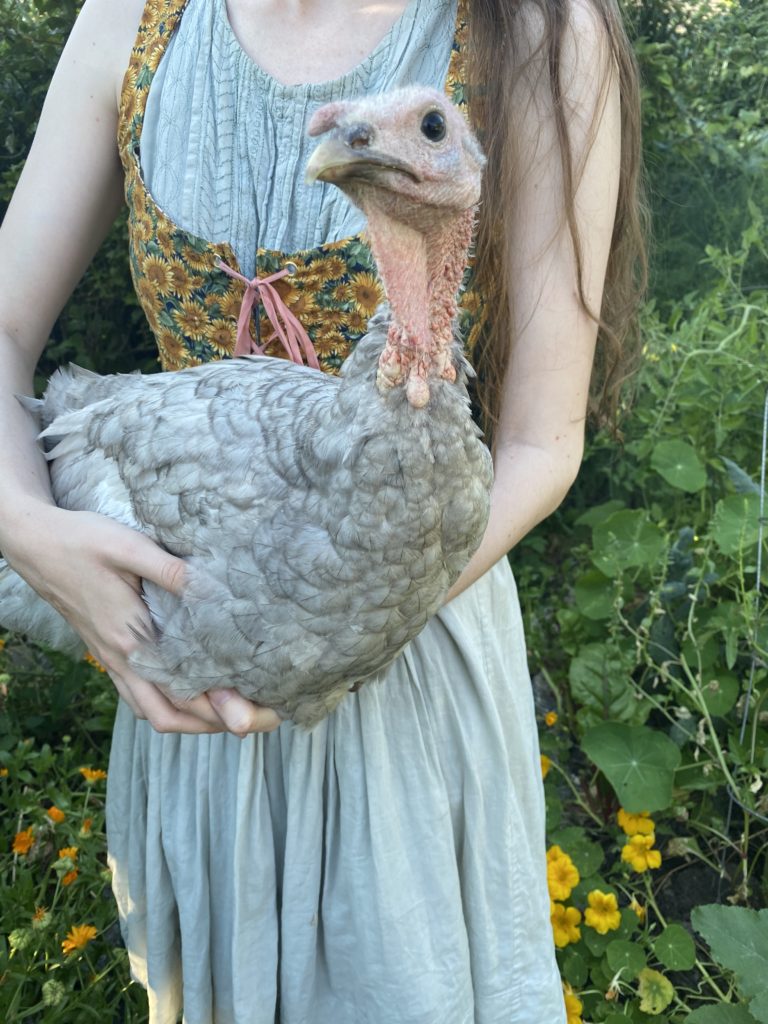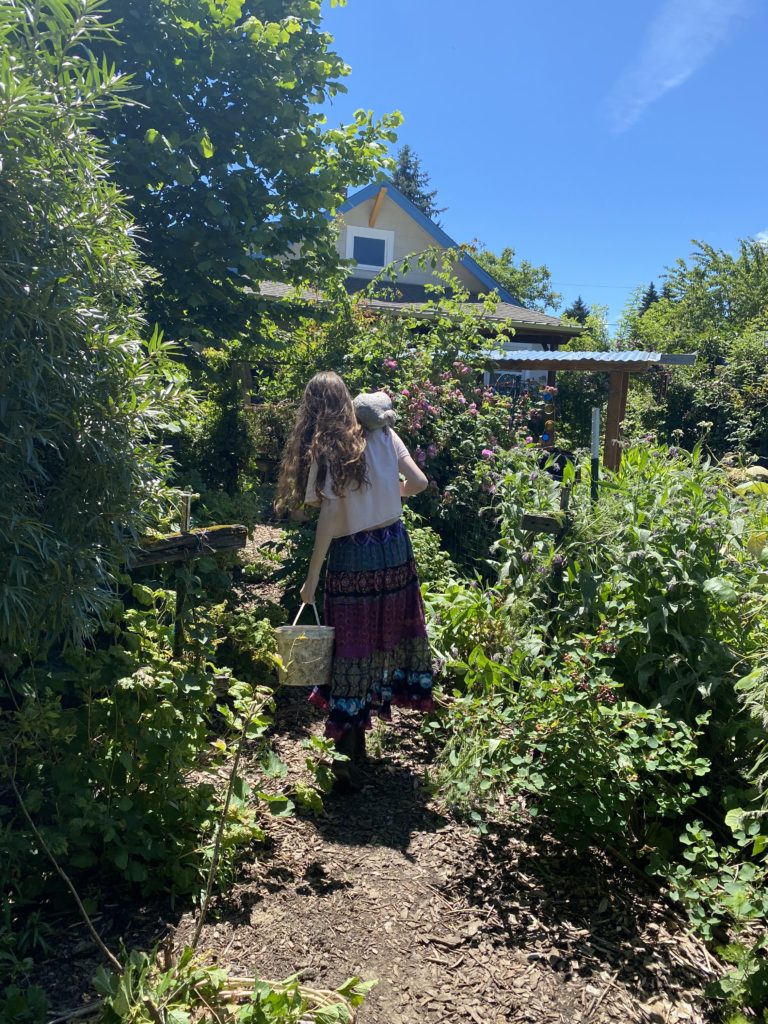Harness The Edge Effect for Garden Diversity and Community Resilience

Use Your Edges
For many years, I was a roller derby official at the biggest Women’s Flat Track Derby league in the world. Two of my kids played derby. We were a big roller skating family for a long time. In derby, we say “use your edges“, which is a reminder not to hang out only in the center of your balance, and only on the center of the wheels. Rock your weight from side to side, feeling the inside edge and outside edge of the wheels, using that shift to increase your agility, speed, and stopping power.
I always thought this skating phrase was humorous, because – as the lone weird permaculture nerd in derby – I knew that permaculture also has the saying, “Use the edges,” and the meanings are not so disparate. In my brain, I’d think, “How funny, edges everywhere…the overlap of skating and ecology is not an edge in which I would have expected to find myself, and yet here I am, flourishing.”
I retired from derby in 2020, but I continue to use my edges in permaculture design. Let’s explore how they help my design, and can help yours, as well.
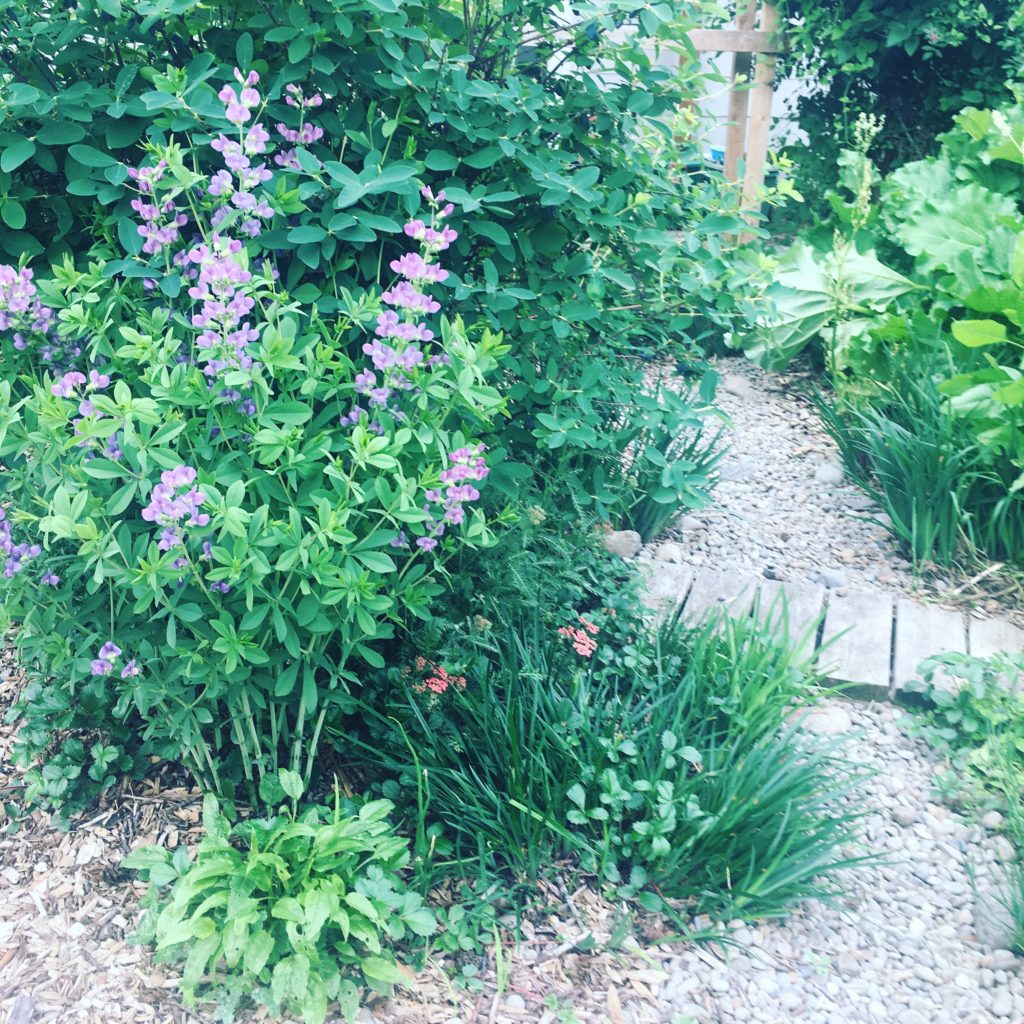
What is the Edge Effect?
Edge effects in ecology are the changes and shifts that occur in the areas where one biome meets another, where one habitat abuts another. The overlap where these two habitats meet shares some characteristics of each, and as a result, we often see an increase in biological diversity in these edge zones. The species from each distinct biome have a chance to interact here on this “border between worlds”.
These productive border zones can be as small as the edge where a stream meets the shore, or as large as entire ecosystems. On a tiny, detailed level, we can find our edges as we transition from our front door out into our garden. We can find edges where the sunlight meets the shade. Edges abound where the flower bed meets the path. Alley cropping, hedgerows, shelterbelts, are all garden/farm-sized examples of edge creation.
In ecology, we call larger transitional habitat ecotones. They are, essentially, dynamic mixing zones, where the boundary may be shifting as one habitat encroaches on another. A prime example of an ecotone in nature is an estuary, where saltwater meets freshwater. Another is a reed bed, where the lake meets the shore. Ecotones are another kind of edge we need to consider, especially honing in on the tension that exists in these spaces, where there is a back-and-forth as two habitats press up against each other (especially since we know that disturbance can increase diversity).
On a larger scale, entire ecosystems can represent edges and transition. For example, velds, where precipitation gradients shift jungle to desert, forming a biodiverse tropical savanna as the transitional veld ecosystem. Another classic embodiment of a transitional ecosystem is the mangrove marsh (in which I have had the pleasure of snorkeling), where subtropical shore meets the ocean, and mangroves bridge the gap, creating habitat for marine life and shore creatures alike.
As we think about the edge effect, it’s important that we remember that ecosystems are not as cut and dry as humans would like to make them. We like neat, tidy, categories, but Mother Nature does not work that way. Edges can happen at any scale, and it is important that we continue to zoom in and zoom out as we observe patterns in nature. The more dynamic our observations, the more we look for the connections across and within an ecosystem, the more edges we will discover that can aid our design.
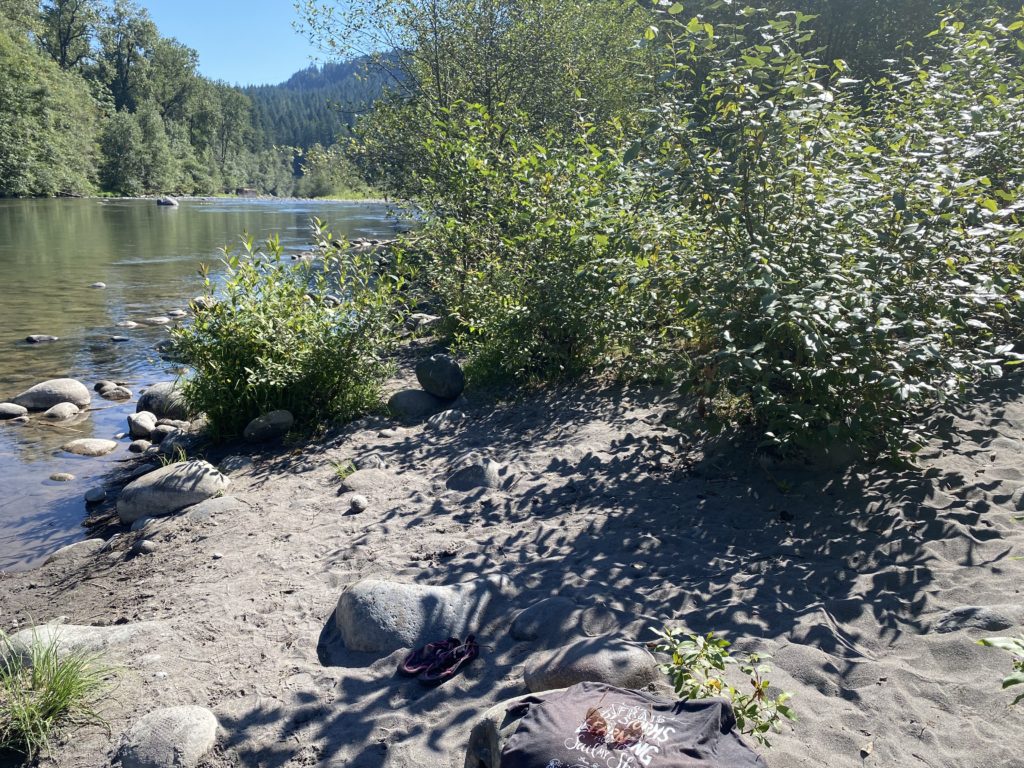
Edges and Permaculture Design
In permaculture, we look to patterns in nature, and harness them to increase the diversity and abundance in our own gardens and human systems. So how can we use the ecological phenomenon of the edge effect to our advantage, in a way that benefits us, and the organisms in our systems?
Permaculture Principle #11 says, Use Edges and Value the Marginal. Learning to use our edges is a key component of permaculture design.
This principle guides us to value the edge effect, and increase the edge habitat in our gardens. You may have seen many permaculture garden beds intentionally designed without straight lines. Mandala gardens, keyhole beds, curvy, wavy borders, and unudulating perimeters, all increase the percentage of edges in our design. We know that edges tend to show increased diversity and potential, so increasing our physical edges increases our opportunity for abundance. You can explore this design potential more fully here:
Permaculture is not strictly about gardening and habitat creation, however. Remember how I spoke earlier about zooming in and zooming out, so we don’t miss the patterns edges make in and between ecosystems? Let’s also zoom out beyond gardening, and find those edges in all of the connections in permaculture design from growing food, to human communities, and our own emotional health. How can we use our ability to hunt for and value edges in other areas of life?
Some questions we can ask ourselves as we train our minds and senses to find the use edges:
How can we value the edges as we transition from one task to another, from afternoon to evening, from one season to the next?
What marginal ideas are we overlooking? What status-quo bucking, counterculture ideas are out there, on the edge, waiting to be harnessed to create a better world?
What people in our communities have been pushed to the outskirts because they don’t fit societal expectations? How can we value and include these people?
Permaculture strives to heal our relationship with the planet and with each other be using intelligent, thoughtful design to repair damage and build future resilience. What are the ways we have overlooked the edges and devalued the marginal, when Nature tells us that in those spaces, in those people, in those opportunities lies the key to a better future? We can retrain our brains to focus in on the edges in our days and the world around us, and craft better designs that help us better care for the Earth and each other


